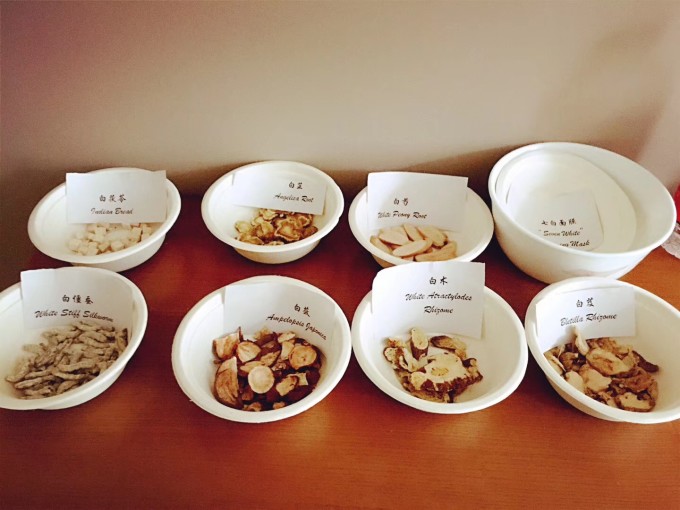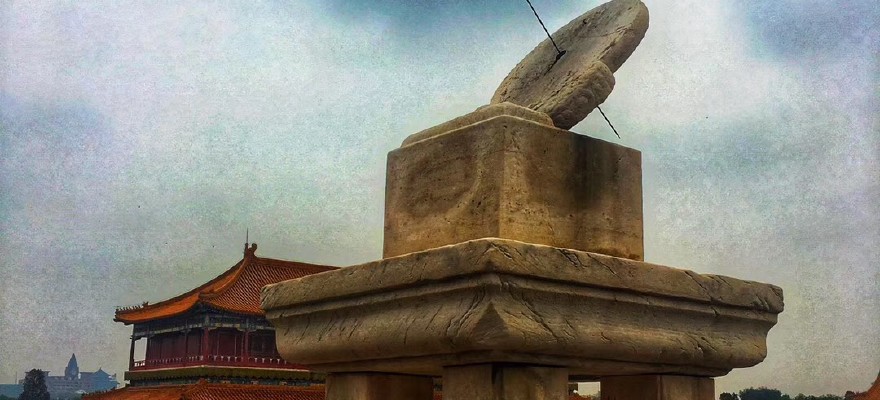7月帶歪果仁玩兒6天北京城(含英文講解)
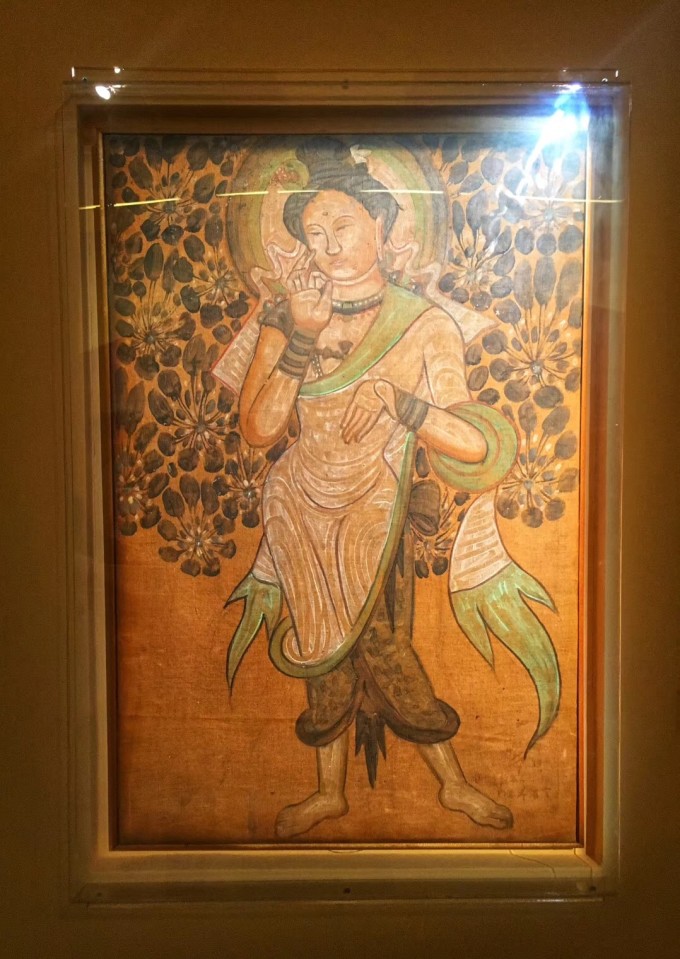
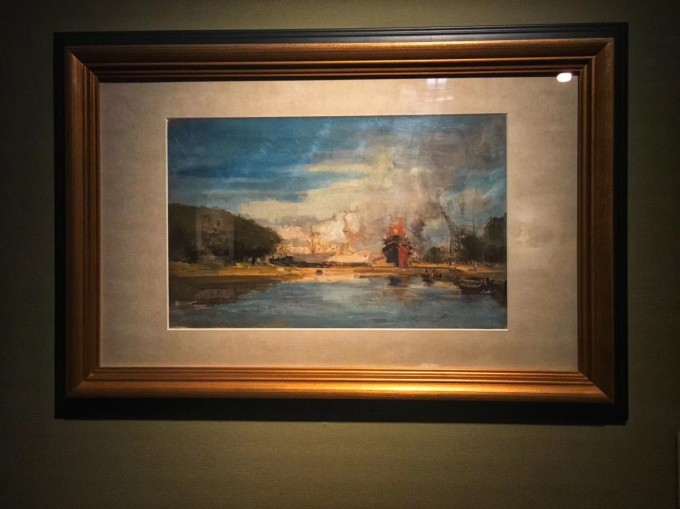
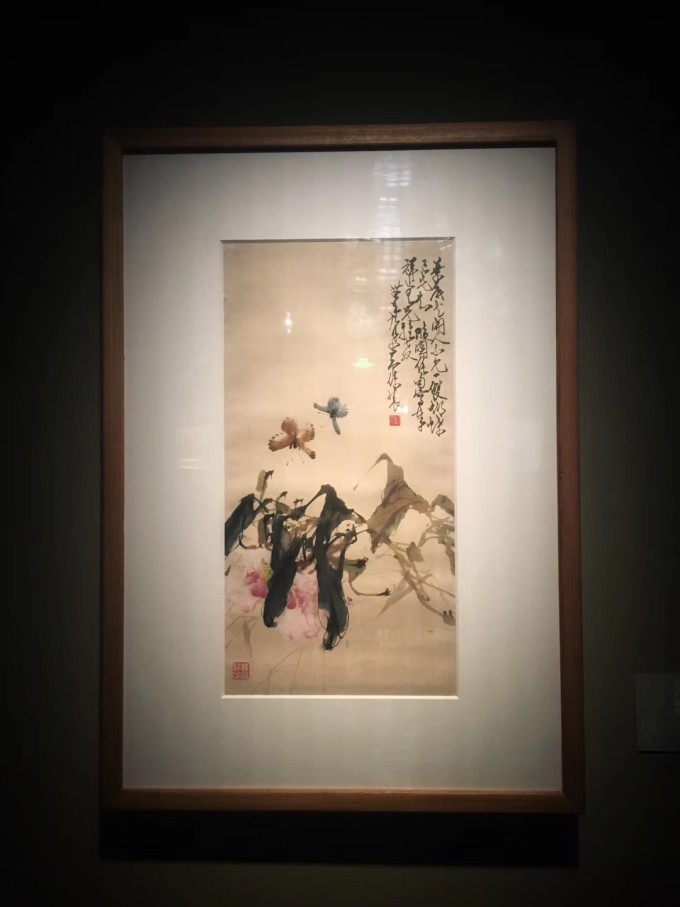
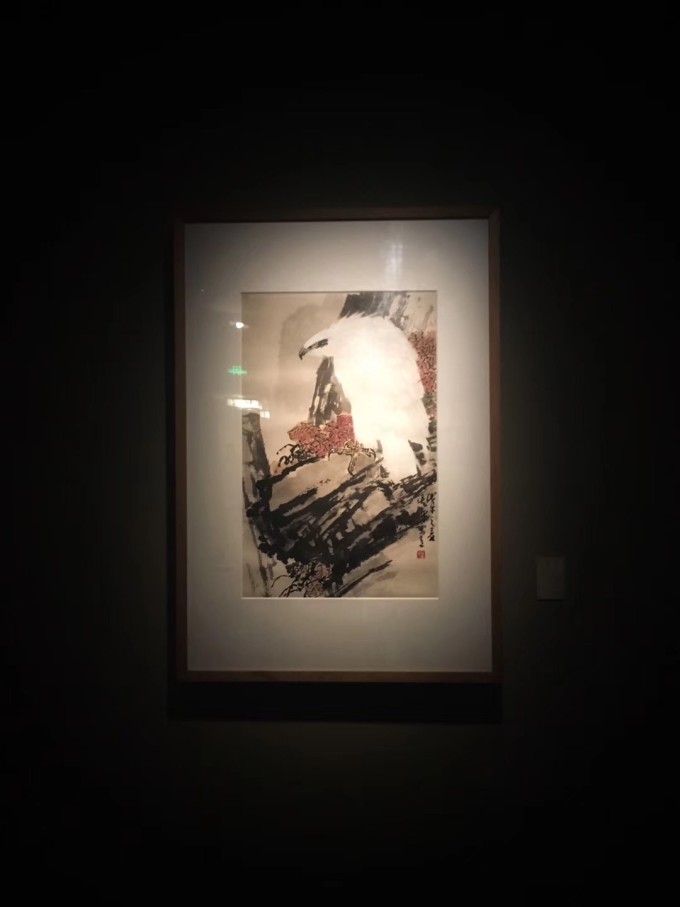
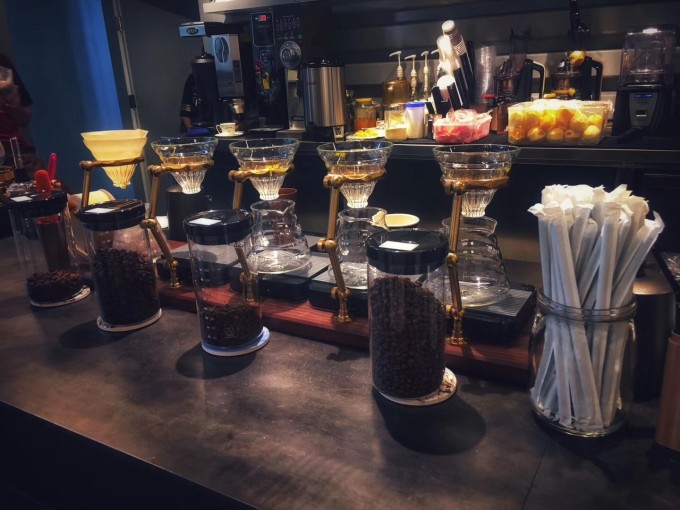
這座雍和宮是清朝雍正皇帝當太子時修建的。1744年,這座寺廟被改建成喇嘛廟,成為 蒙古 和 西藏 大量僧侶的家。喇嘛廟有五個大廳。祈禱大廳里有許多極好的雕像,包括23米高的 彌勒 佛( 彌勒 佛是用從 西藏 運來的一棵白檀樹雕刻而成),還有 西藏 雕塑和一個巨大的銅坩堝。

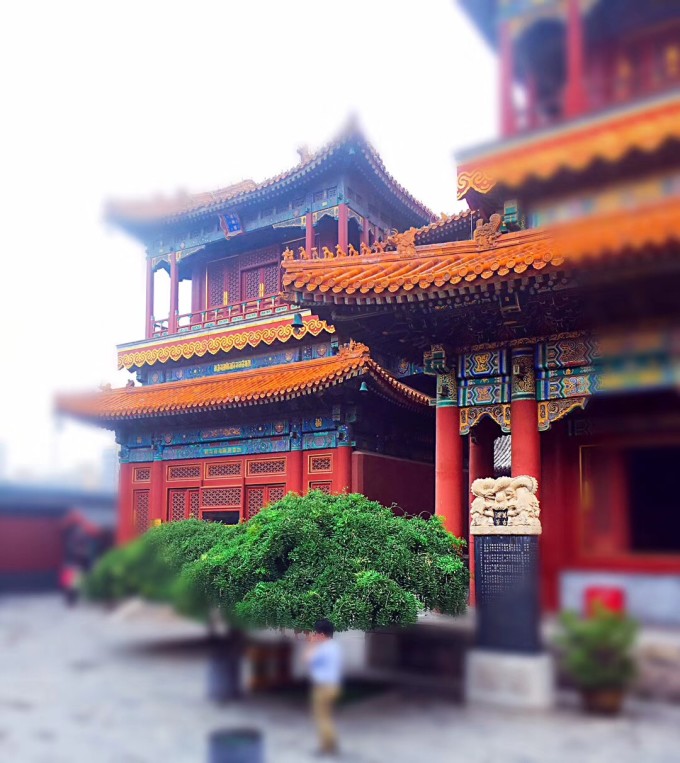
The museum of traditional Chinese medicine, Beijing university of traditional Chinese medicine, was established in September 1990. It is a professional museum with rich collection and content system. The museum is divided into two parts, namely "medical history department" and "traditional Chinese medicine department". The exhibition area is about 1,500 square meters.
自建館以來,該館為本校教學、科研和國內外中醫葯交流中發揮了重要作用,特別是向社會公眾開放以來,在宣傳普及中醫葯知識方面產生了積極的推動作用。2004年,隨著我館中醫葯數字博物館建成,可使更多的人通過互聯網瞭解中醫葯傳統文化和中醫葯知識。 “醫史部”收藏歷代醫葯文物1000餘件,善本醫籍200種。《 中國 醫學史展廳》以中華文化為大背景,同時以 中國 醫葯發展史成主線,通過各個時期的醫葯文物,再現了包括少數民族在內的祖國醫學的主要成就; “中藥部”收藏各類中藥標本2800多種,約5000餘份。展陳包括《中藥綜合展廳》和《藥用動物展覽櫥窗》兩部分。《中藥綜合展廳》陳列常用中藥近600種、1500多份中藥標本,另有藥用動物剝制與藥用植物浸制標本近300種及數百幅藥用植物彩色照片。 博物館還向全校開設了《中華醫學與文物》、《藥用動物學》、《常用中藥飲片辨識》等選修課程,還將進行科普講座,利用博物館的資源全方位為學校和社會服務。
Since its establishment, the museum has played an important role in the teaching, scientific research and the exchange of Chinese medicine at home and abroad. In 2004, with the establishment of the digital museum of medicine in the museum, more people can learn about traditional Chinese medicine culture and knowledge of traditional Chinese medicine through the Internet. "Medical history department" collects more than 1000 pieces of medical relics in past dynasties, and 200 kinds of medical books. "Exhibition hall of Chinese medical history" takes Chinese culture as the background and the development history of Chinese medicine as the main line. It reproduces the main achievements of Chinese medicine, including ethnic minorities, through the medical relics of various periods. "Chinese medicine department" collects over 2,800 kinds of Chinese medicine specimens, more than 5,000. The exhibition includes two parts: the comprehensive exhibition hall of traditional Chinese medicine and the showcase of medicinal animals. "Comprehensive exhibition hall of traditional Chinese medicine" displays nearly 600 kinds of traditional Chinese medicine and more than 1500 kinds of traditional Chinese medicine specimens. In addition, there are nearly 300 kinds of medicinal animal taxidermy and medicinal plant leaching specimens and hundreds of color photographs of medicinal plants. The museum also offers elective courses such as Chinese medicine and cultural relics, medical zoology, recognition of common Chinese medicine slices, as well as lectures on popular science, and USES the museum's resources to provide all-round services to the school and society.
